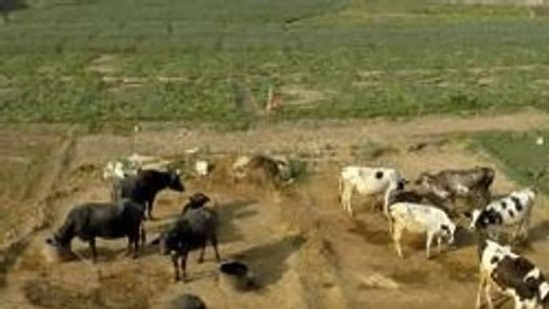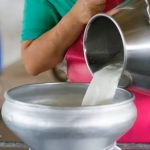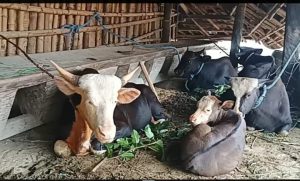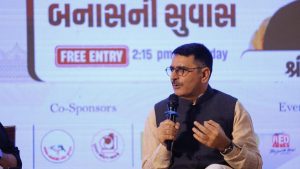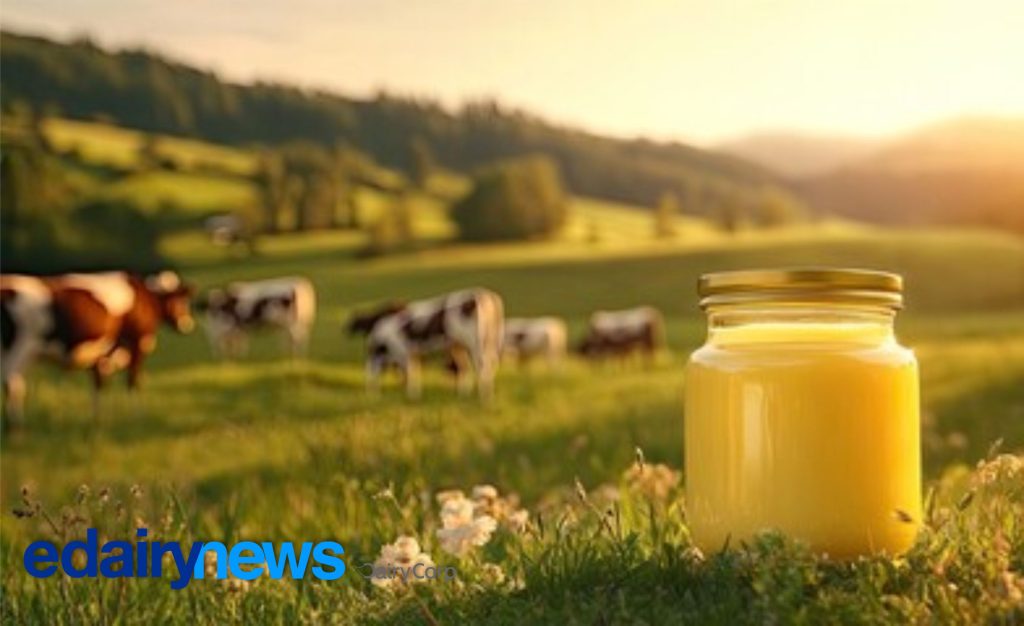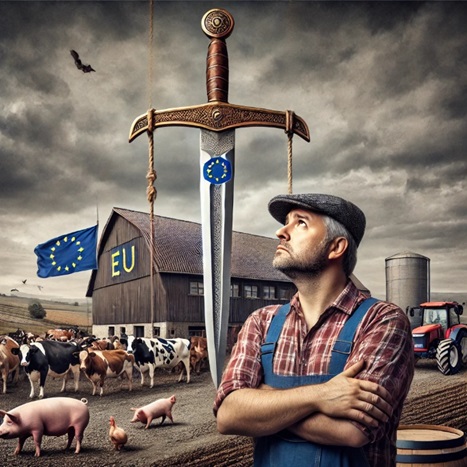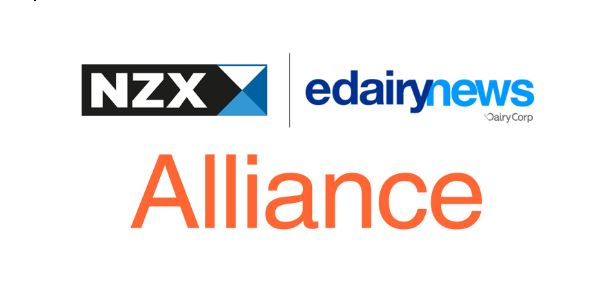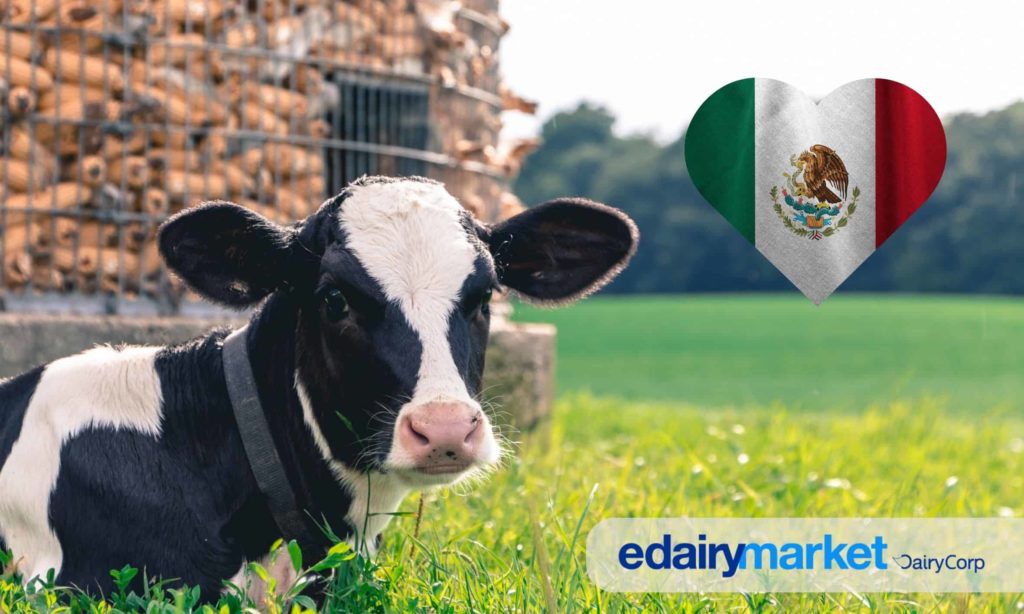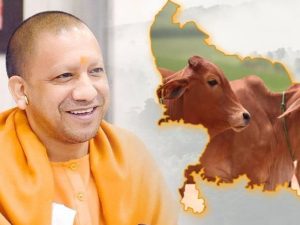
Rising Temperatures Could Slash Milk Production by 25%, Imperiling 89 Million Farmers.
India’s dairy sector, the world’s largest milk producer accounting for nearly a quarter of global supply, faces an intensifying existential threat from rising temperatures and heat-stressed cattle. Despite the gains of the “White Revolution” that transformed India into a milk-surplus nation, inadequate nutrition and poor animal health already keep its per capita milk yields significantly below the global average. Now, global warming, which has increased heat stress by 30% over the past 40 years, risks undoing these achievements and jeopardizing the livelihoods of millions of Indian dairy farmers.
The economic implications of this escalating heat stress are staggering. Forecasts predict substantial losses in milk production for India over the medium to long term. A report in The Lancet medical journal estimates that heat stress could reduce milk production by as much as a quarter by 2085, directly impacting the livelihoods of an estimated 89 million smallholder dairy farmers. By the century’s end, this decline could escalate to an alarming 45% of India’s total milk output, representing a catastrophic blow to its agribusiness economy.
In the more immediate future, the northern plains alone could see a loss of 3.4 lakh tonnes of milk production by 2030, translating to roughly ₹15,000 crore (approximately $1.8 billion USD) in losses for the region’s dairy farmers. Regions across the country, from Maharashtra and Madhya Pradesh to Bihar, Jharkhand, and Tamil Nadu, are already reporting declines in milk production. Beyond the direct financial hit, farmers face increased costs for cooling equipment and more frequent veterinary check-ups, ultimately driving up milk prices for consumers.
Given that the dairy industry cannot directly influence the trajectory of global warming, the focus must shift to adapting animal husbandry and rearing practices to build cattle resilience. Key mitigation strategies include constructing well-ventilated barns with sprinkler systems to provide indoor relief, ensuring easy access to clean, cool drinking water, and investing in water storage solutions and shaded troughs. These practical measures are crucial for protecting herd health and maintaining milk yields amidst hotter summers.
Furthermore, calibrating nutrition and feeding schedules can significantly enhance cattle’s heat tolerance. Farmers can feed high-quality feeds like total mixed rations, more fresh forage, and introduce supplements such as electrolytes, vitamins (A, D, E), and minerals (zinc, selenium) to improve heat tolerance, boost immunity, and maintain fertility. Increased feeding frequency during cooler times of the day and exploring hydroponics for year-round quality feed are also recommended. The government’s initiatives, like demonstration plots in climate-vulnerable districts, are a positive step, but a broader approach including advisory services, financial incentives, and insurance packages (drawing inspiration from programs like Europe’s Heat Stress Protect) is essential to safeguard India’s critical dairy sector and protect millions of livelihoods.
Source: Hindustan Times: Safeguarding India’s dairy sector against rising temperatures
You can now read the most important #news on #eDairyNews #Whatsapp channels!!!
🇮🇳 eDairy News ÍNDIA: https://whatsapp.com/channel/0029VaPidCcGpLHImBQk6x1F
